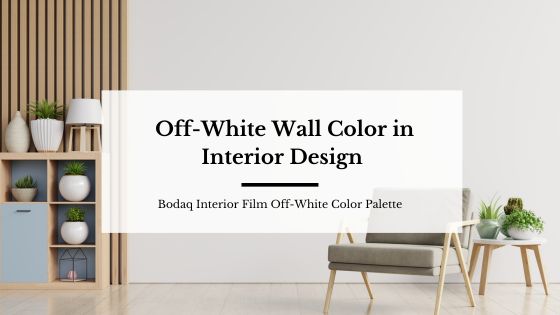Japanese Style Interior Design: Why Is It Popular in 2023?
Table of Contents
Japanese interior design is renowned for its minimalism, functionality, and appreciation for nature. It is characterized by clean lines, natural materials, and a subdued color palette. Japanese design emphasizes the concept of “ma,” which refers to the space between objects and the importance of negative space in creating balance and harmony.
One of the key features of Japanese interior design is the use of natural materials such as wood, bamboo, and paper. These materials are often left in their natural state, emphasizing their inherent beauty and imperfections. Furniture in Japanese interiors is typically low to the ground, with clean lines and simple forms.
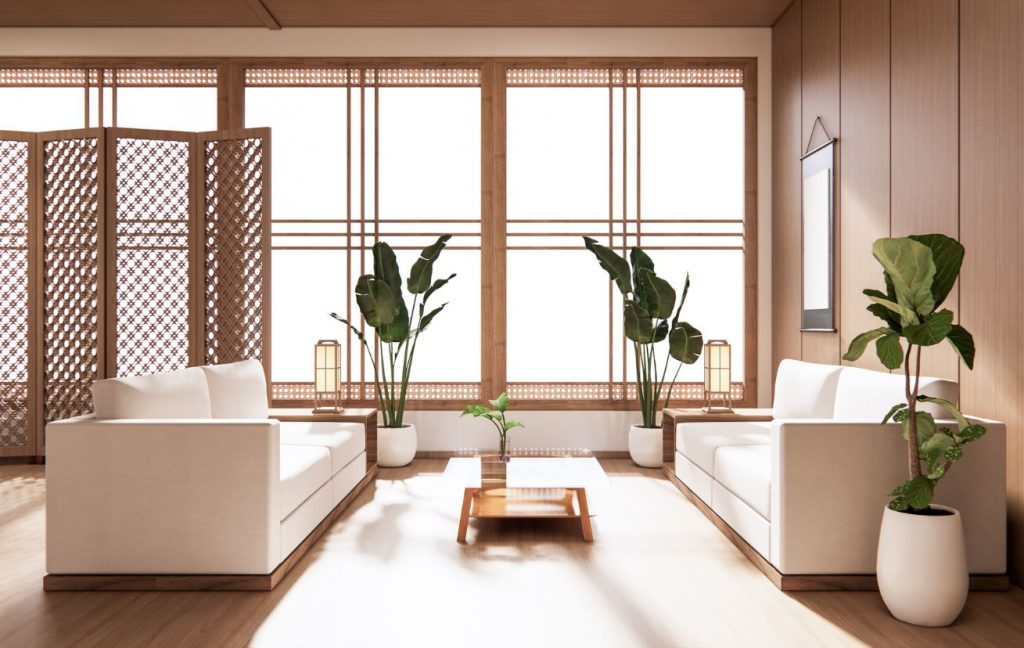
Another important aspect of Japanese design is the use of shoji screens, which are sliding panels made of rice paper and wood. These screens serve as room dividers and can be opened to create a sense of flow and interconnectedness between spaces.
Color Schemes and Materials Used in Modern Japanese Style Interior
Colour Combinations
White and Black
The classic combination of black and white is a popular choice in Japanese interior design. The simplicity of this color scheme emphasizes the beauty of natural materials like wood and bamboo.
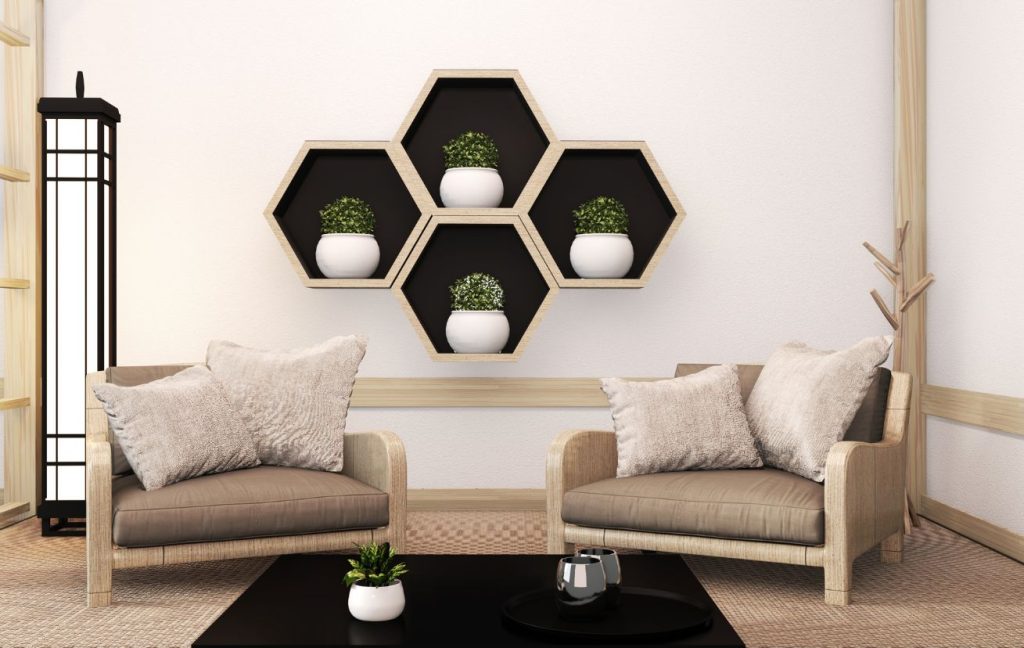
Earthy Tones
Using earthy tones like beige, brown, and grey, creates a calming atmosphere in a room. These colors reflect the natural beauty of Japan’s landscape.
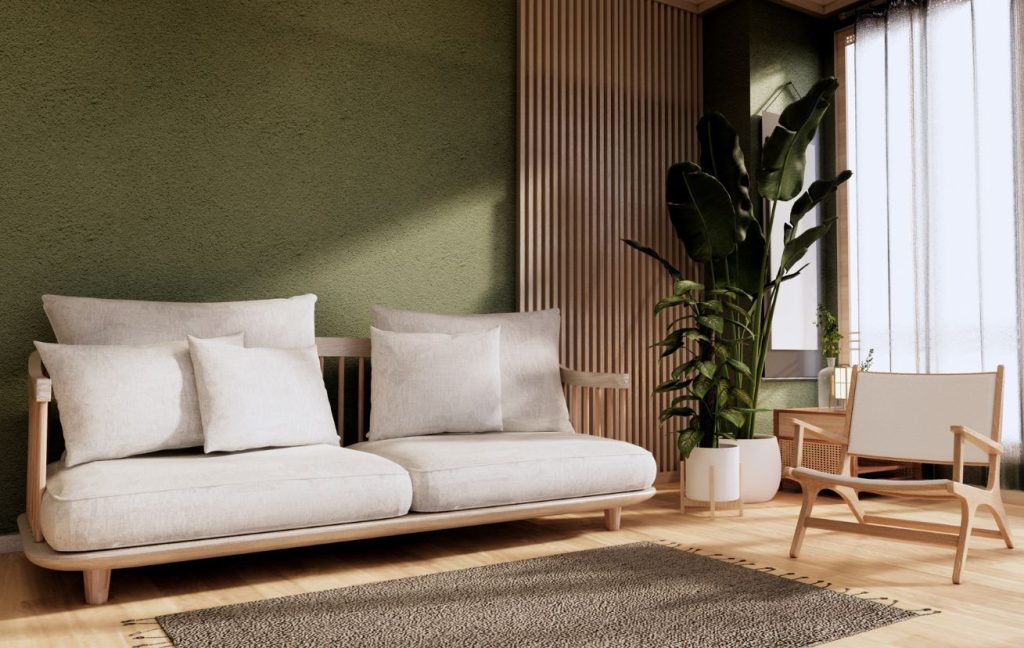
Blue and White
The combination of blue and white creates a serene and peaceful atmosphere in a room. It is inspired by Japan’s traditional ceramics and porcelain.
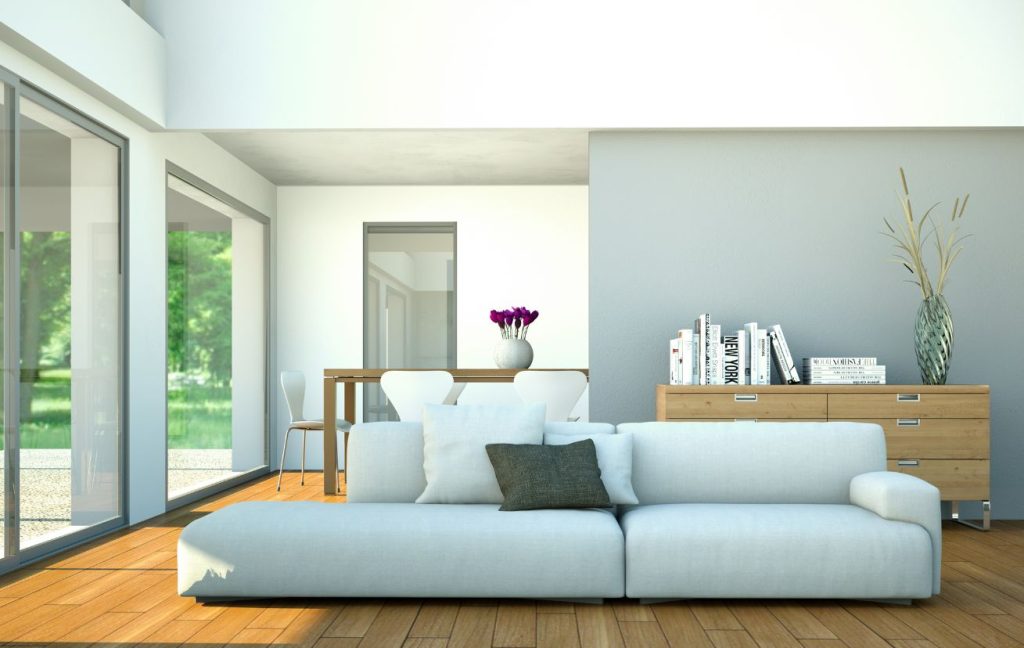
Green and Brown
The combination of green and brown is inspired by Japan’s lush forests and gardens. Using these colors in a room brings nature indoors and creates a calming atmosphere.
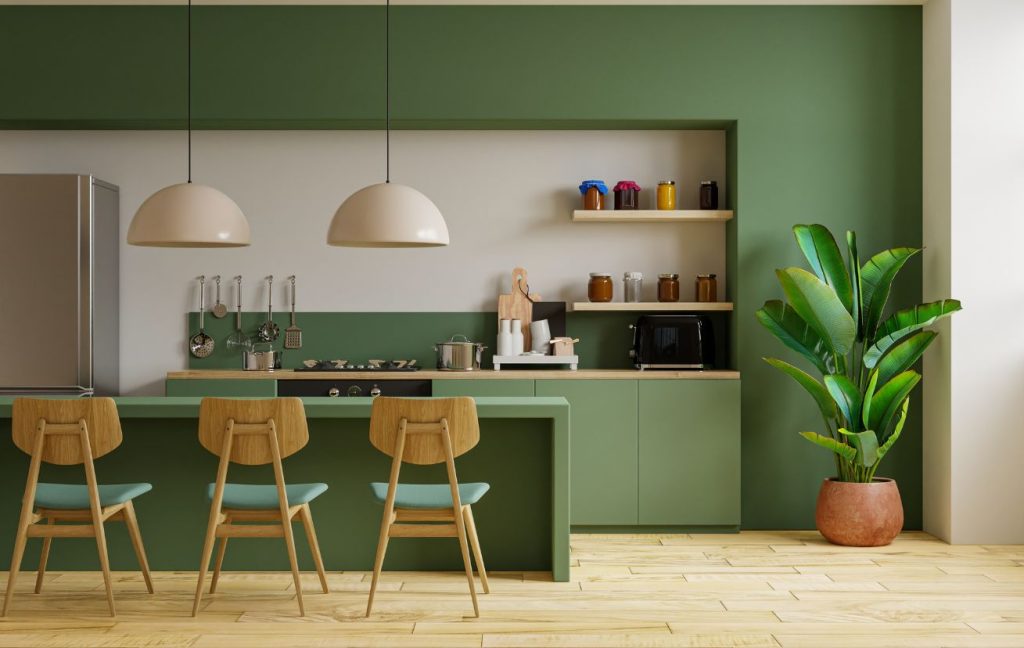
Red and Black
The combination of red and black creates a bold and dramatic statement in a room. It is often used in traditional Japanese interiors, like temples and tea houses.

Materials
Wood
Wood is one of the most important materials in Japanese interior design. It is often used for flooring, walls, and furniture. Using natural wood creates a warm and welcoming atmosphere in a room.
Bodaq wood interior film is a versatile and cost-effective alternative to natural wood in Japanese style interior design. It offers a number of advantages, including its ability to mimic the look and texture of real wood, its durability and resistance to wear and tear, and its ease of installation. Bodaq wood interior film is also eco-friendly, as it reduces the need for harvesting natural wood, which is a valuable resource. Overall, Bodaq wood interior film is a great choice for those looking to create a beautiful and sustainable Japanese style interior without breaking the bank.
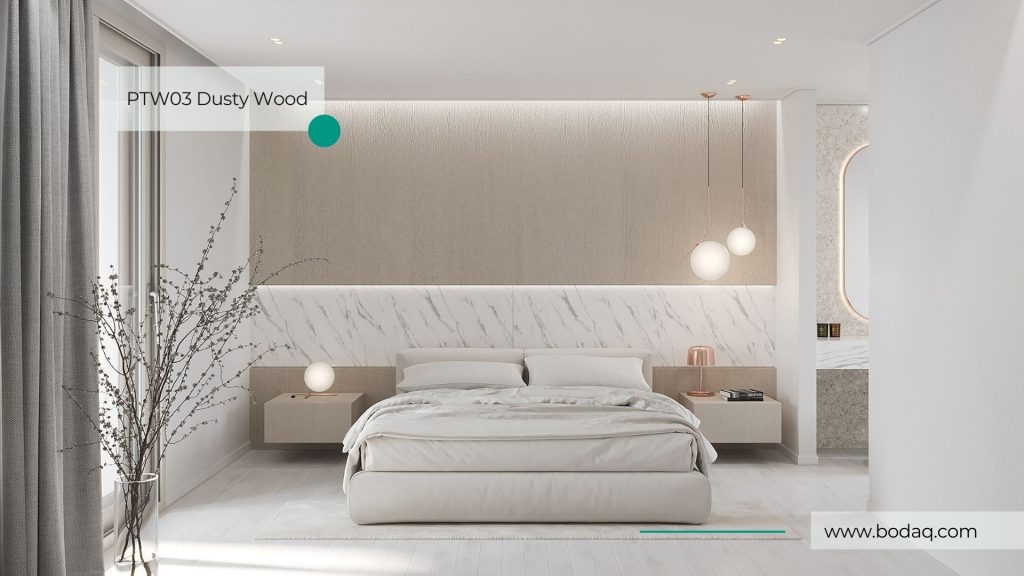
Bamboo
Bamboo is another natural material commonly used in Japanese interior design. It is lightweight, durable, and versatile, and it can be used for everything from flooring to furniture.
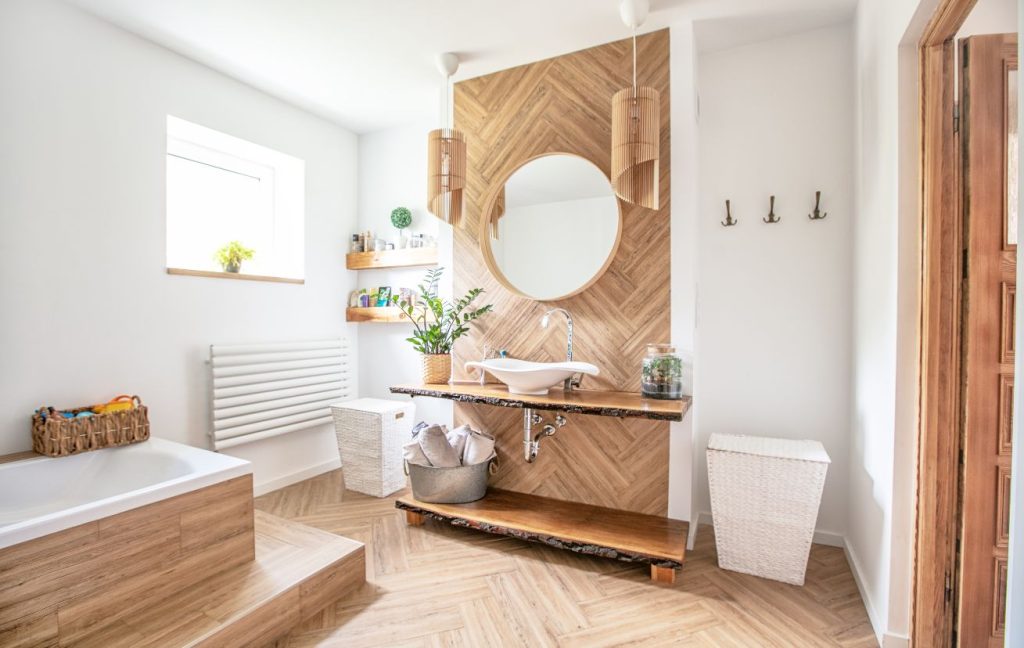
Paper
Paper is another traditional material used in Japanese interior design. It is used for sliding doors, lamps, and screens. Using paper creates a soft and diffused light in a room, which is perfect for creating a relaxing atmosphere.
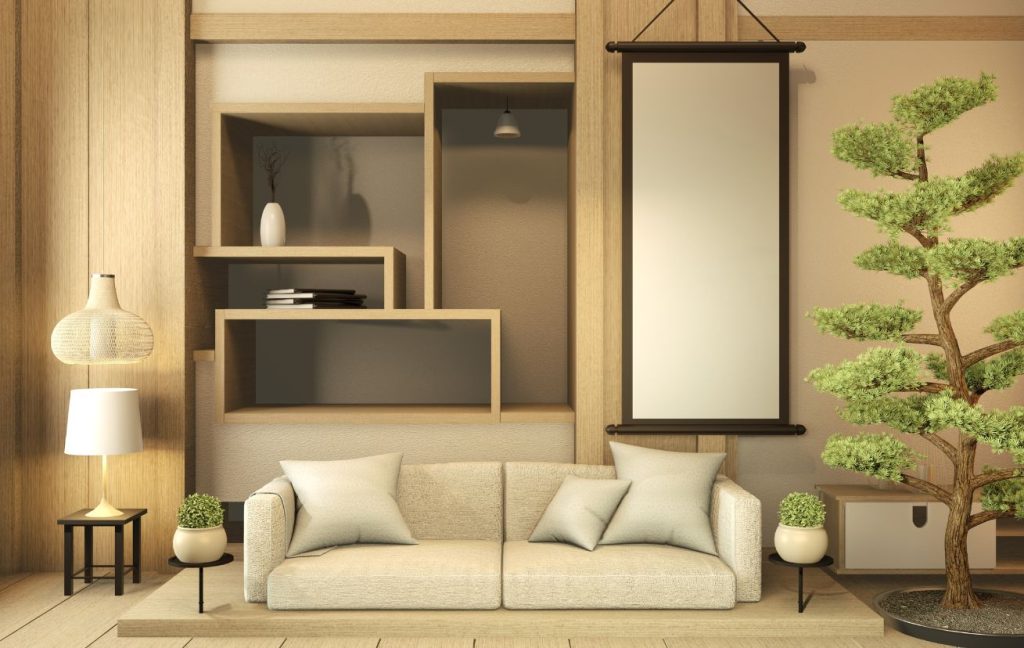
What is the Concept of Japanese Style?
Japanese style interior design is deeply rooted in traditional Japanese culture, which values simplicity, mindfulness, and functionality. It emphasizes the use of clean lines, natural materials, and neutral colors to create a peaceful and calming atmosphere.
In Japanese interior design, every object in a room serves a specific purpose, and nothing is added unnecessarily. This minimalist approach ensures that the space is both practical and aesthetically pleasing. The furniture is typically low to the ground and multifunctional, like a kotatsu table, which can be used for dining, working, and relaxing.
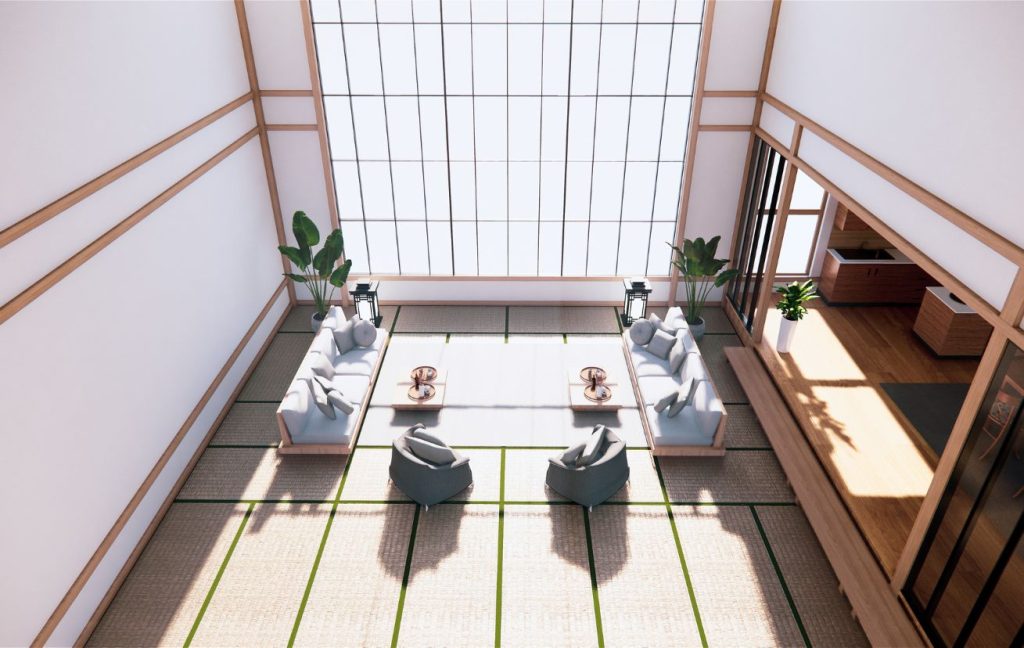
Japanese style interior design also places a strong emphasis on the natural world, with materials like wood, bamboo, and paper used extensively. These materials are often left in their natural state, with their texture and grain used to create visual interest in the space.
The idea encourages mindfulness in its use of space. The concept of Ma, or negative space, is used to create a sense of balance and harmony in a room. The arrangement of objects in a room is carefully considered to create a sense of flow and continuity, which promotes relaxation and tranquility.
Minimalist Traditions in Japanese Apartment Interior Design
Bedroom
Japanese bedroom interior design is all about creating a peaceful and calming atmosphere that promotes relaxation and rest. It emphasizes the use of natural materials like wood and bamboo, neutral colors, and clean lines. What you definitely should use::
- Tatami mats. Traditional Japanese flooring made of rice straw and woven rush grass, which adds texture and warmth to the room.
- Shoji screens. Sliding paper screens that allow natural light to filter into the room while providing privacy.
- Futon beds. Low-profile beds that can be easily folded and stored during the day, freeing up space in the room.
- Simple furniture. Minimalistic furniture, such as a low table and floor cushions, that promote a sense of calm and relaxation.
- Ambient lighting. Soft lighting that creates a warm and cozy atmosphere in the room.
- Nature-inspired décor. Japanese bedrooms often feature nature-inspired décor, such as bamboo blinds or a bonsai tree, to bring the outside in and promote a sense of tranquility.
By incorporating these elements, a Japanese bedroom interior design can create a serene and peaceful environment perfect for a good night’s sleep.
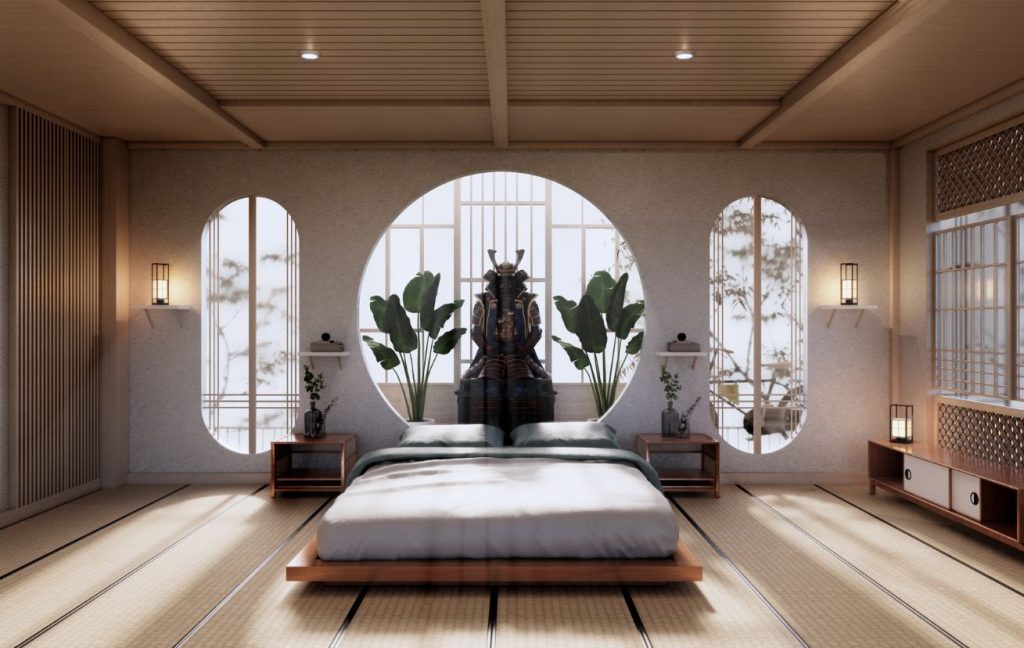
Japanese interior design in the bedroom.
Living Room
The focus is on creating a space that is both inviting and calming. Natural materials like wood and bamboo are used extensively, along with neutral colors and clean lines, to create a peaceful atmosphere. Furniture is typically low to the ground, like a tatami mat or floor cushions, which promotes a sense of relaxation and intimacy.
Shoji screens, sliding paper screens that provide privacy while allowing natural light to filter into the room, are a common feature in Japanese living rooms. These screens can be used to divide the space into smaller, more intimate areas or to create a sense of openness and flow.
Decorative elements are kept to a minimum, with a few carefully chosen pieces of art or nature-inspired decor, like a simple vase of flowers or a bonsai tree, adding a touch of beauty and tranquility to the space.
Japanese inspired living room interior design creates a space that is both practical and aesthetically pleasing, promoting relaxation and mindfulness in daily life.
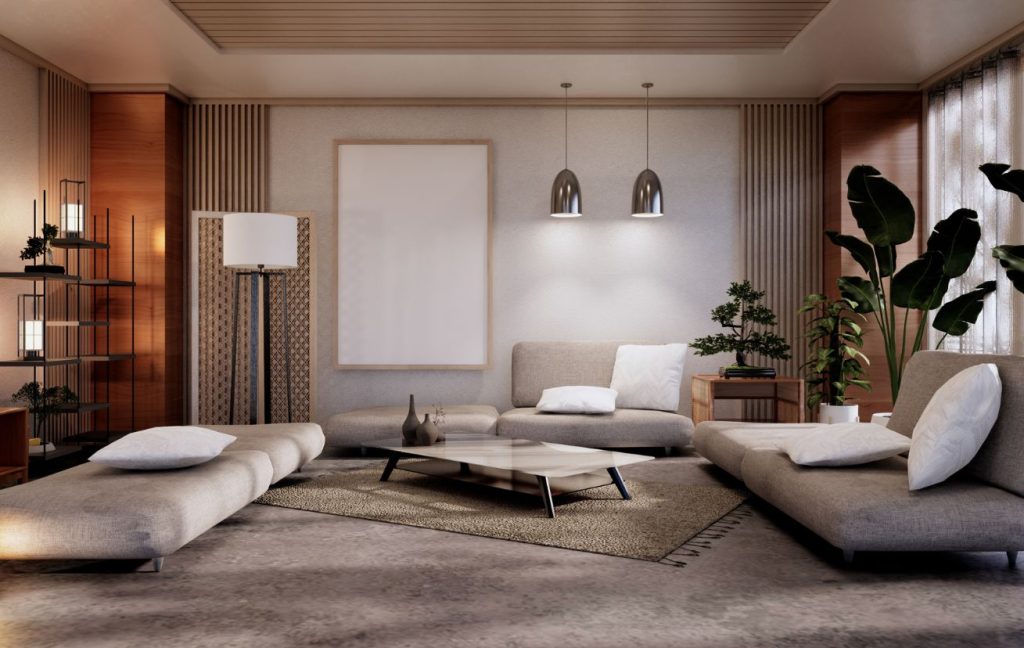
Inviting and calming living room.
Kitchen
Japanese kitchen interior design emphasizes the use of natural materials, such as wood and stone, clean lines, and minimalistic design. Here is a list of elements that are commonly found in Japanese kitchen interior design:
- Minimalistic design. The Japanese kitchen features simple and clean lines with very little decoration.
- Efficient storage. The kitchen is designed to be highly functional with a focus on storage space to keep everything organized and easily accessible.
- Natural materials. The use of natural materials such as wood, bamboo, and stone is common in Japanese kitchen design.
- Compact appliances. The Japanese kitchen typically has compact appliances, like a small stovetop or oven, to save space.
- Hidden features. Cabinets and appliances can be hidden behind sliding doors or screens to maintain the minimalist aesthetic.
- Zen garden. Some Japanese kitchens feature a small Zen garden or water feature, which adds a touch of tranquility to the space.
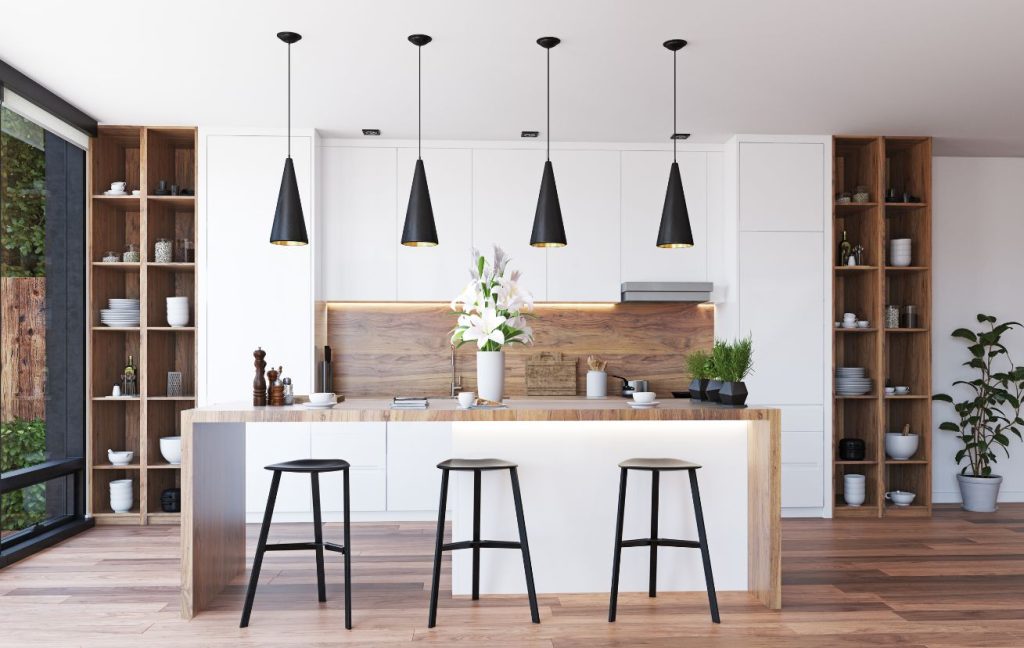
Minimalistic Japanese style kitchen interior.
FAQ about Japanese Interior Design
- What's the difference between Wabi-Sabi and Japandi?
Wabi-Sabi and Japandi are two different design concepts that have some similarities but also some differences. Wabi-Sabi is a Japanese aesthetic concept that focuses on finding beauty in imperfection, simplicity, and the natural world.
Japandi, on the other hand, is a fusion of Japanese and Scandinavian design that emphasizes minimalism, clean lines, and a neutral color palette. While both design concepts value simplicity and the use of natural materials, Wabi-Sabi embraces imperfection and irregularity, whereas Japandi emphasizes clean lines and simplicity.
- What is Japanese aesthetic called?
The Japanese aesthetic is often referred to as "Wa-Kei-Sei-Jaku" which translates to "harmony, respect, purity, and tranquility." This aesthetic is deeply rooted in Japanese culture and values, emphasizing the importance of balance, simplicity, and mindfulness.
- What are the elements of Japanese aesthetic?
The elements of the Japanese aesthetic include:
- Minimalism: Simplistic design, minimal decoration, and clean lines.
- Natural materials: Use of natural materials like wood, bamboo, and stone.
- Harmony: A sense of balance and harmony between different elements in the space.
- Functionality: Every object in a room should serve a specific purpose.
- Wabi-Sabi: Finding beauty in imperfection, irregularity and the natural world.
- Cleanliness: A focus on cleanliness and organization.
- Mindfulness: A focus on being present in the moment and finding beauty in the everyday.







